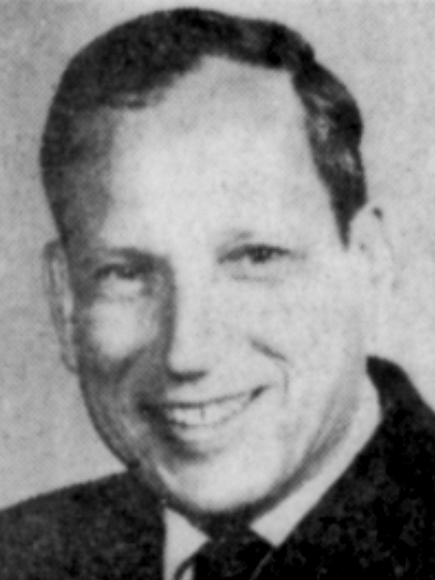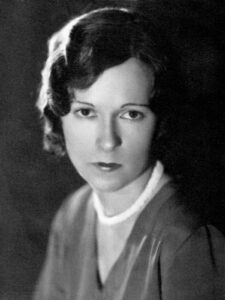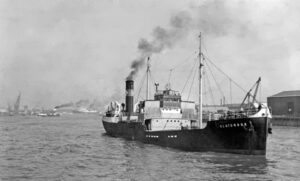With the war raging in Europe, William registered for the draft on 10 October 1940. He was described as 6 feet tall with hazel eyes, brown hair, and a light brown complexion. It was noted that he had a scar on the inside of his left wrist, and a small mole on the left side of his nose. The administrator noted “suspect he came here to register, thinking Dallas has its quota. Says he is a chemist in California”.
Despite the concerns of the recruiter, William enlisted into the Supply Corps of the US Naval Reserve. The Navy Supply Corps plays a crucial role in supporting the operational readiness of the US Navy. They are responsible for managing and overseeing the logistics and supply chain operations, including procuring and distributing materials, equipment, and services to support naval operations worldwide. They handle budgeting, accounting, and financial management – ensuring that resources are allocated efficiently and effectively to meet operational needs. The Supply Corps is also involved in the procurement process, managing contracts for goods and services. Supply Corps officers serve both afloat and ashore to provide logistical support wherever the Navy operates.
William was commissioned on 1 March 1944 with the rank of Ensign and serial number 30152. He completed his training at the Aviation Supply Officer’s School, Naval Air Station, Jacksonville, Florida in December. As an Aviation Supply Officer, William would have been responsible for managing and overseeing the logistics and supply chain operations specifically related to aviation assets.
After training William saw active service in Hawaii and in Okinawa, being promoted to Lieutenant Junior Grade (JG) in November 1945. He decided to remain in the service post-war, joining the regular Navy in 1946. He may have been posted to Pearl Harbor at this time and was promoted to a full Lieutenant in July 1950. He then joined the crew of the seaplane tender USS Suisun (AVP-53), whose aircraft patrolled off the Korean coast during the early years of the war.
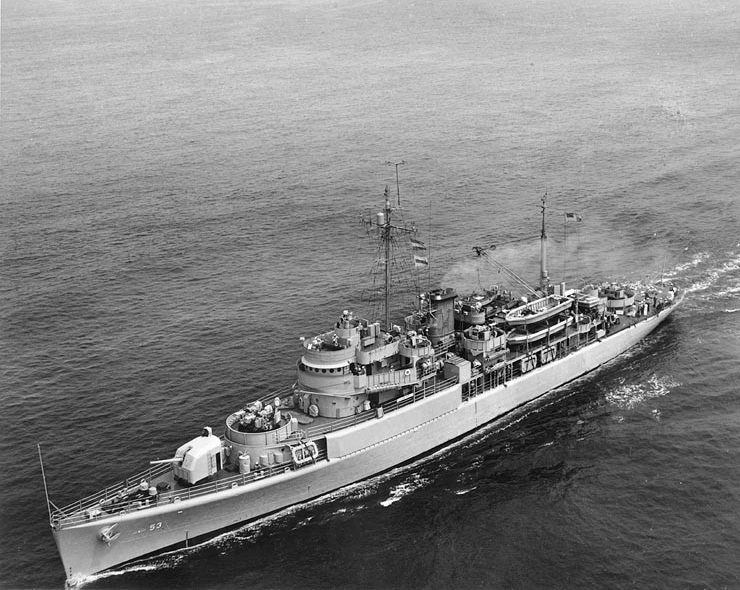
William’s next posting was to the Aviation Supply Office of the Military Industrial Supply Agency in Philadelphia, PA. From 1953 he worked in Washington, DC for the Provisioning Coordination Branch of the Stock Coordination Division, Assistant Chief for Supply Management, Bureau of Supplies and Accounts. William appeared to be based in Japan during 1956-57, and we know that at some point in his career he served at Iwakuni Naval Air Facility.
By 1957 he was stationed back in California where he worked for the Commander Fleet Air at Alameda. He was promoted to Commander in August 1959, and then gained a Master’s degree from the Naval Postgraduate School in Monterey, California in 1962.
Although he spent most of his career ashore, William now served two years at sea as the task force supply officer onboard the aircraft carrier USS Kearsarge in the Pacific. The ship departed Long Beach, California, on 1 August 1962, which coincided with the last two manned Project Mercury space missions. Stationed in the Western Range, Kearsarge successfully recovered astronaut Walter Schirra and his Mercury capsule (Sigma 7) after splashdown on 3 October, returning him to Honolulu for flight back to the mainland. Kearsarge then undertook training exercises for six months before arriving at Pearl Harbor in April 1963 to take part once again in the space program. The carrier repeated her earlier splashdown recovery by plucking astronaut Gordon Cooper out of the sea on 16 May 1963 after he orbited the Earth 22 times in his Faith 7 capsule.
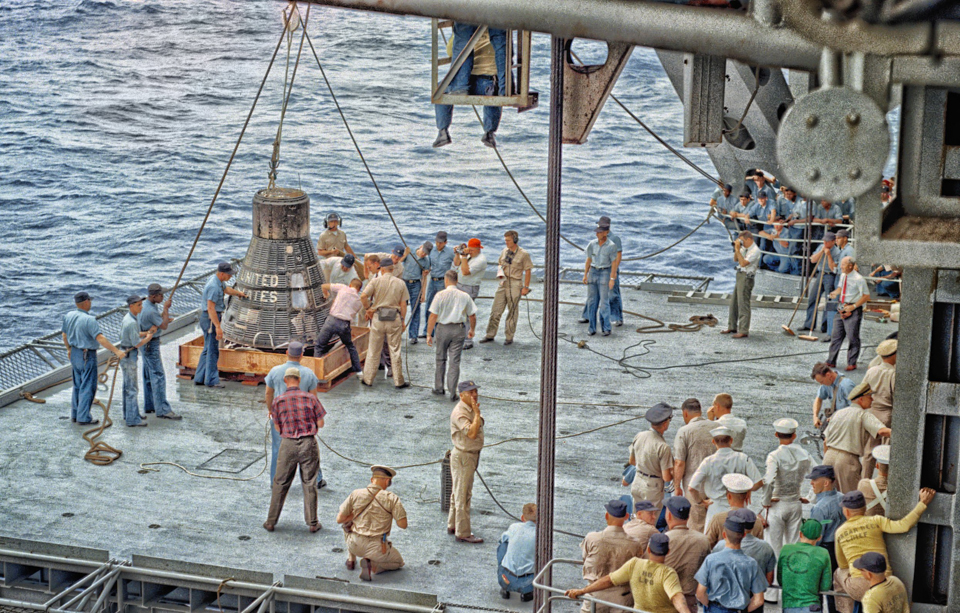
William’s career continued to flourish, and from 1964 he directed the Logistics Support Division of the Naval Material Command in Washington DC, being promoted to Captain in July 1965. On 1 August 1968, he took over command of the Naval Ship Missile Systems Engineering Station (NSMSES) at Port Hueneme, CA. In this role he was responsible for the logistics efforts of 355 military and civilian personnel in support of more than 80 ships equipped with surface-to-air missiles and other defence weapons systems.
William retired from the Navy on 1 March 1972. Other duty stations in his career included Washington, DC (Bureau of Naval Weapons; Office of the Chief of Naval Material), and Okinawa (Aviation Supply Depot).
Ships
- USS Suisun
- USS Kearsarge

